19.11.2018, Learning Scoop
STEAM in Education – A hot topic globally
STEAM, which means Science Technology Engineering Arts and Mathematics is a rising star if we are talking about trends in education.
BETT Show held in London every January, the largest event in the world in learning technology, is typically full of STEAM related material and boots. In a certain STEAM village area many service providers and companies bring their very best to showcase the world what is hot and what is not in education. Last time the whole area was an interactive space to try out solutions for STEAM to be implemented in classrooms and enhance learning. MicroBits, robots, electronics, drones, Arduinos, Legos and other cool stuff was available to test.
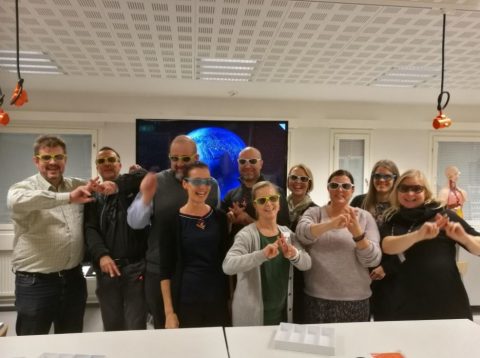 Four years ago my school started a transformation towards a 21st Century School, enabling students to train their future skills like creativity, critical thinking, problem solving and use of technology. Because we are in Finland, students are of course our focus area number one but the other goal was to help teachers to do more co-operation and combine their strengths. What a great opportunity to have STEAM as an umbrella to combine subjects and teachers! Like many countries Finnish kids are taught by subject teachers at lower secondary schools. Subject teachers have normally two subjects to teach. The structure is very much subject oriented and classroom oriented and as a headmaster, it is a challenge to organize timetables so that teachers can co-operate. With teachers who teach grades 1-6, and who teach most of the subjects by themselves, is much easier to do cross curriculum work. This is one of the challenges we started to tackle.
Four years ago my school started a transformation towards a 21st Century School, enabling students to train their future skills like creativity, critical thinking, problem solving and use of technology. Because we are in Finland, students are of course our focus area number one but the other goal was to help teachers to do more co-operation and combine their strengths. What a great opportunity to have STEAM as an umbrella to combine subjects and teachers! Like many countries Finnish kids are taught by subject teachers at lower secondary schools. Subject teachers have normally two subjects to teach. The structure is very much subject oriented and classroom oriented and as a headmaster, it is a challenge to organize timetables so that teachers can co-operate. With teachers who teach grades 1-6, and who teach most of the subjects by themselves, is much easier to do cross curriculum work. This is one of the challenges we started to tackle.
At first, we had some benchmarking. We heard that Danish schools have FabLabs (Fabrication Laboratory) at schools. FabLabs are equipped with modern STEAM tools like 3D printers, laser cutters, vinyl cutters and robotics and they have developed a pedagogical model and design model to benefit those. We decided to have something like that in our school. We built up a STEAMario (Värkkäämö in Finnish), which means making something in a strong sense of “doer culture” that has been a vital skill during hard times here in Finland after II World War. Combing those two ideologies and Finnish way of doing, we build up a STEAM learning environment and trained our teachers to use it and its technology easily. To support the development phase we established a STEAM team with teachers interested and willing to learn new. Now we have an environment and a working culture that is well known here in Finland and abroad also. We have had several visitors having workshops or just benchmarking. The impact for the whole community has been tremendous!
Most of the projects and prototypes done in Värkkäämö rise from the real world problem solving. Couple of weeks ago we had an Autumn holiday for a week. Students had just planted seeds to grow Chili in Biology class. They were worried that the plant will dry without watering during the week. With some planning together, they created an automatic watering system controlled by Arduino. Well-watered chilis were waiting the students after the holiday week.
In another project, students were examining every day automation and finding ideas to solve their own problems. They watched a video of a Finnish inventor who talked about how he sees automation, how he ended up to be an inventor and how he sees the importance of creativity. The final projects represented problem solving for things like cleaning your room – a cleaning robot, making your bed- a bed making- tool etc. What a joy of learning and doing things together!
Many teachers have found motivation to learn new and elements for personal development. The students have more opportunities to train their skills and find strengths. There´s few success stories especially with the students with low motivation or severe learning disabilities. This is the area we want to learn more and get more information about.
I strongly recommend every school to try STEAM!
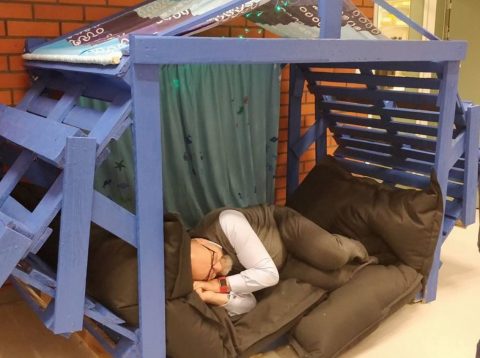
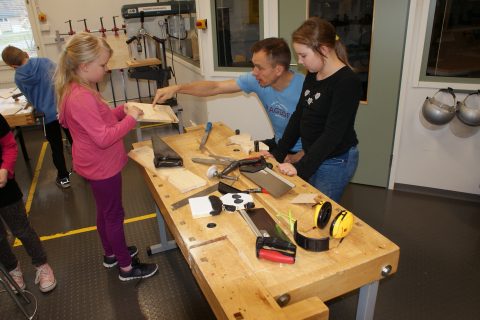
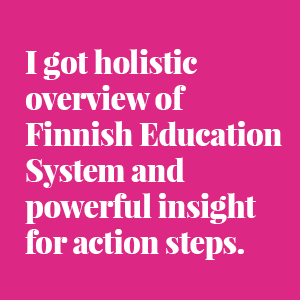
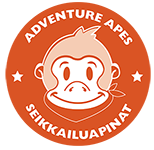
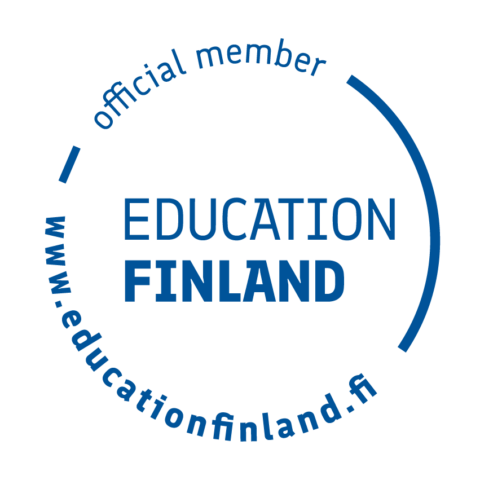
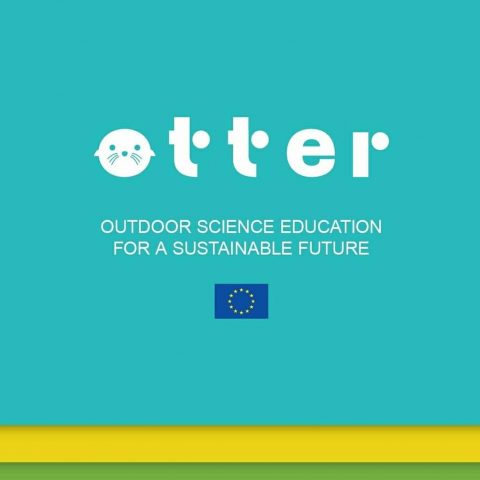

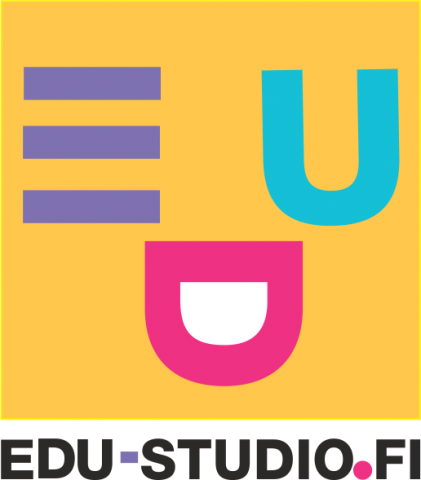

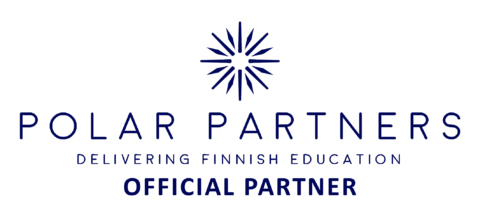
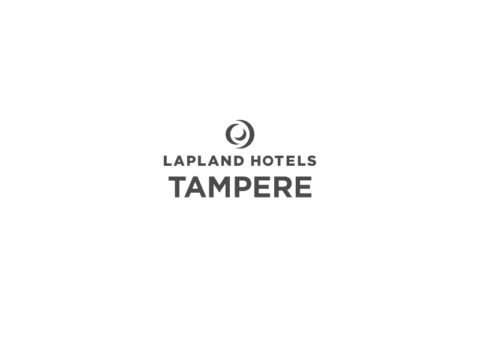
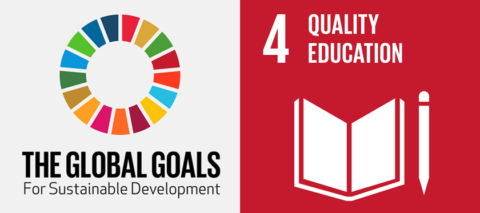

Follow us: